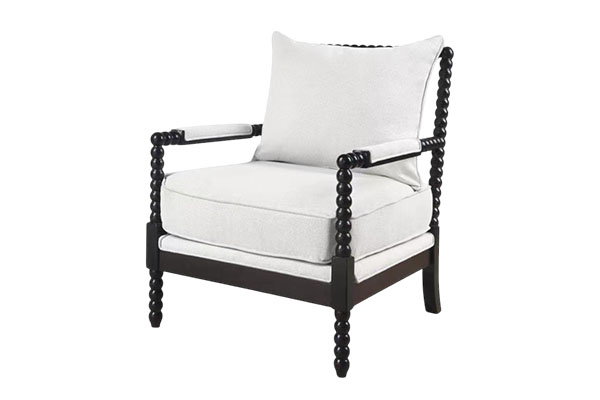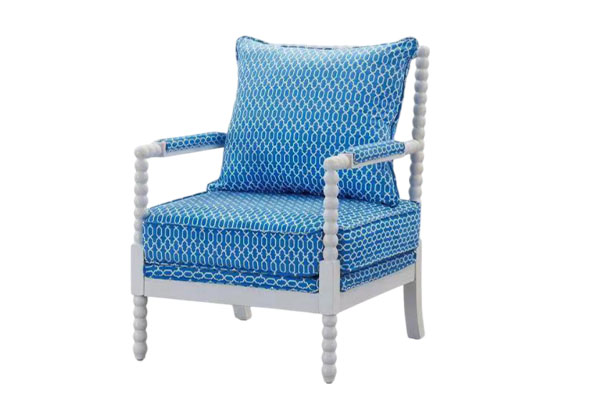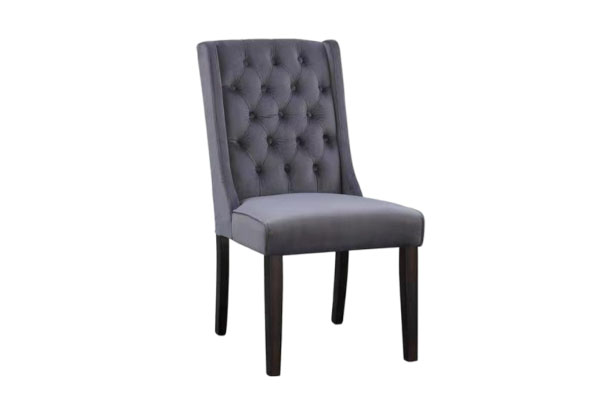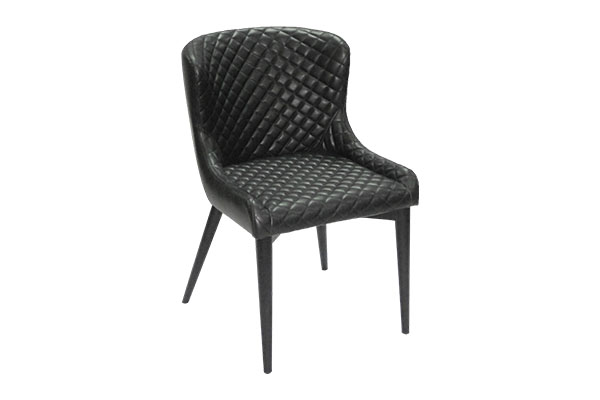Does a gourd chair resist collapse after prolonged sitting, and can it quickly return to its original shape?
Release Time : 2025-09-04
In everyday family life, a chair's true value often lies not in its initial appearance but in its performance over years of use. This is especially true for small chairs designed for children or those used for reading, studying, or relaxing, which are subject to frequent lifting and prolonged leaning. Whether the seat cushion collapses after prolonged sitting and whether it quickly returns to its original shape after pressure is released are key criteria for comfort and durability. The gourd chair (small), with its core filling material of high-resilience foam, demonstrates its commitment to quality that surpasses ordinary seating in this crucial area.
Many inexpensive chairs are soft and comfortable initially, but over time, the center of the cushion gradually sinks, forming a noticeable dent, while the edges sag due to insufficient support. This not only affects aesthetics but also compromises sitting stability. Once the foam loses its resilience, the chair loses its supportive function, becoming like sinking into a quagmire, with no effective support for the lower back and, over time, even affecting posture. The high-resilience sponge used in the gourd chair is a high-quality polyurethane material produced through a special foaming process. Its internal cell structure is denser and more elastic. This structure gives it strong compressive resistance. When a person sits down, the sponge is evenly loaded and slowly compressed, providing a perfectly soft feel. When the person stands up, the cells quickly rebound, returning to their original fluffy state as soon as the pressure is released, leaving no permanent marks.
This "stable and fast-recovering" property stems from the material's inherent physical properties and precise manufacturing process control. The high-resilience sponge's molecular chains are more resilient, maintaining structural integrity under repeated compression and resisting fatigue-induced fractures or pulverization. Furthermore, its density and hardness are carefully balanced, neither too firm to cause discomfort nor too soft to provide insufficient support, achieving a delicate balance between softness and support. Whether a child is jumping in and out of the chair or an adult is reading for long periods at a desk, it provides a stable and comfortable sitting experience.
The synergistic support system further enhances this effect. 1.9 steel springs are evenly distributed beneath the seat cushion, forming a sturdy support framework. These springs offer excellent elasticity and durability, evenly distributing the body's weight across the entire seat surface, preventing excessive localized stress and premature foam fatigue. The spring's toughness complements the foam's softness, absorbing impact while providing upward thrust, creating a more three-dimensional and dynamic seating experience. This composite structure of "springs + high-elasticity foam" far surpasses the simple stacking of a single filling material and provides the foundation for long-lasting comfort.
The resin foam on the back also demonstrates meticulous attention to detail. The backrest requires a balance of softness and shape. The foam is lightweight and resilient, conforming to the curves of the back and providing gentle support. Even when children lean on it to play, the cushion remains naturally fluffy and free of deformation.
This durability translates to a longer lifespan and improved value for money. A chair that resists collapse won't become a makeshift piece of furniture after a few years of use. It retains the same firmness and comfort it had when it was first introduced, becoming a stable and reliable fixture in the home. This is particularly important for families with children—children grow rapidly, but a high-quality chair can accompany them through multiple stages of development, from toddler doodling to teenage reading, providing reliable support.
In addition, its excellent resilience makes cleaning and maintenance easier. Dust and debris don't easily become lodged in it, and the surface can be easily wiped clean, preventing the accumulation of dirt and grime due to aging sponges.
In summary, the small gourd chair's ability to resist collapse and quickly return to its original shape after prolonged sitting is not only a result of material selection but also an embodiment of the concept of "long-lasting comfort." It rejects the fleeting allure of softness in favor of stable support that stands the test of time. When a chair can quietly recover after each use, ready for the next, it becomes more than just a piece of furniture; it becomes a silent guardian, bearing the weight and warmth of life through day-in, day-out companionship.
Many inexpensive chairs are soft and comfortable initially, but over time, the center of the cushion gradually sinks, forming a noticeable dent, while the edges sag due to insufficient support. This not only affects aesthetics but also compromises sitting stability. Once the foam loses its resilience, the chair loses its supportive function, becoming like sinking into a quagmire, with no effective support for the lower back and, over time, even affecting posture. The high-resilience sponge used in the gourd chair is a high-quality polyurethane material produced through a special foaming process. Its internal cell structure is denser and more elastic. This structure gives it strong compressive resistance. When a person sits down, the sponge is evenly loaded and slowly compressed, providing a perfectly soft feel. When the person stands up, the cells quickly rebound, returning to their original fluffy state as soon as the pressure is released, leaving no permanent marks.
This "stable and fast-recovering" property stems from the material's inherent physical properties and precise manufacturing process control. The high-resilience sponge's molecular chains are more resilient, maintaining structural integrity under repeated compression and resisting fatigue-induced fractures or pulverization. Furthermore, its density and hardness are carefully balanced, neither too firm to cause discomfort nor too soft to provide insufficient support, achieving a delicate balance between softness and support. Whether a child is jumping in and out of the chair or an adult is reading for long periods at a desk, it provides a stable and comfortable sitting experience.
The synergistic support system further enhances this effect. 1.9 steel springs are evenly distributed beneath the seat cushion, forming a sturdy support framework. These springs offer excellent elasticity and durability, evenly distributing the body's weight across the entire seat surface, preventing excessive localized stress and premature foam fatigue. The spring's toughness complements the foam's softness, absorbing impact while providing upward thrust, creating a more three-dimensional and dynamic seating experience. This composite structure of "springs + high-elasticity foam" far surpasses the simple stacking of a single filling material and provides the foundation for long-lasting comfort.
The resin foam on the back also demonstrates meticulous attention to detail. The backrest requires a balance of softness and shape. The foam is lightweight and resilient, conforming to the curves of the back and providing gentle support. Even when children lean on it to play, the cushion remains naturally fluffy and free of deformation.
This durability translates to a longer lifespan and improved value for money. A chair that resists collapse won't become a makeshift piece of furniture after a few years of use. It retains the same firmness and comfort it had when it was first introduced, becoming a stable and reliable fixture in the home. This is particularly important for families with children—children grow rapidly, but a high-quality chair can accompany them through multiple stages of development, from toddler doodling to teenage reading, providing reliable support.
In addition, its excellent resilience makes cleaning and maintenance easier. Dust and debris don't easily become lodged in it, and the surface can be easily wiped clean, preventing the accumulation of dirt and grime due to aging sponges.
In summary, the small gourd chair's ability to resist collapse and quickly return to its original shape after prolonged sitting is not only a result of material selection but also an embodiment of the concept of "long-lasting comfort." It rejects the fleeting allure of softness in favor of stable support that stands the test of time. When a chair can quietly recover after each use, ready for the next, it becomes more than just a piece of furniture; it becomes a silent guardian, bearing the weight and warmth of life through day-in, day-out companionship.







